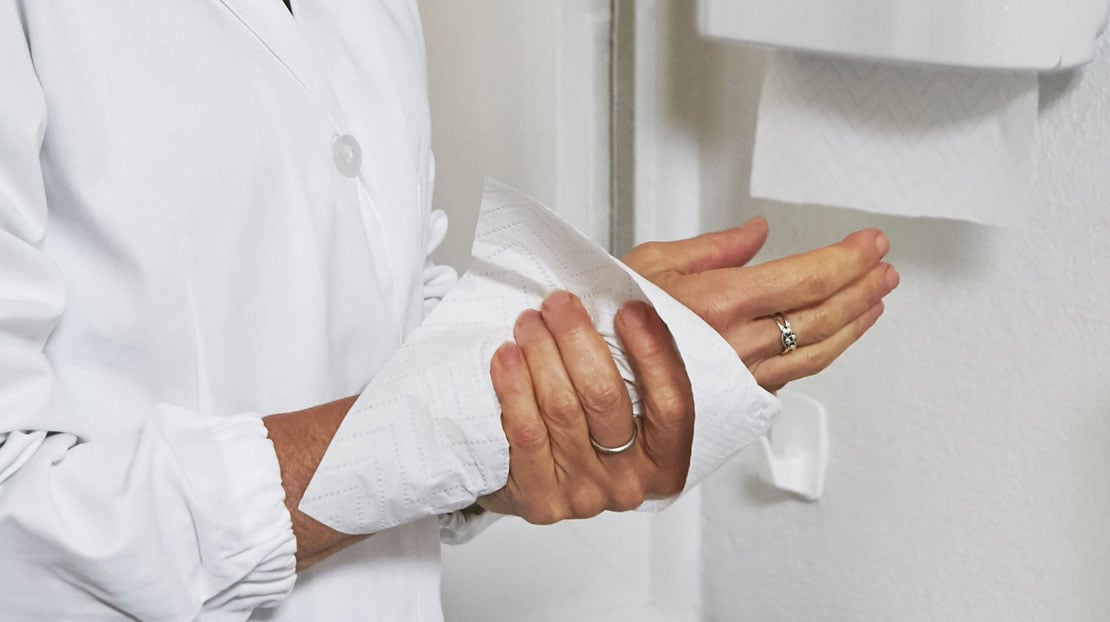
 Share
Share
By: Derek Dafoe, Senior Vice President, Sales & Marketing, Sofidel
Vaccination numbers are on the rise, COVID-19 cases are declining, and foot traffic is increasing in restaurants, hotels, airports, retail stores and other facilities across the United States. Businesses are working hard to create safe and inviting environments that instill confidence in customers and employees. At the same time, both business owners and consumers are facing higher costs for food and beverage items and essentials like toilet paper and paper towels.
Paper products are critical for supporting public health at home and in these away-from-home environments. Thus, it’s important to understand the current state of the economy, the paper industry’s inner workings and how best to meet evolving consumer expectations in this new age of enhanced hygiene.
Cost Pressures in the Paper Industry
Whether businesses are selling away-from-home products or directly to consumers, they have likely been affected by recent commodity price increases, inflation and demand spikes.
Paper manufacturers need pulp to produce their goods. Due to unprecedented demand, the price of pulp has increased by about 20% since the beginning of 2021, Federal Reserve Economic Data (FRED) shows (see graph below). This is partially because new building projects are requiring more lumber, and supply has struggled to keep pace as many paper mills have not been operating at full capacity.

But there are other factors behind the rising costs for paper products. The cost of corrugated packaging used for many paper products, as well as plastic, labor, electricity and transportation, all recently increased. To illustrate the demand behind the price increases, in 2020, 407 billion square feet of corrugated material was produced in the U.S., says the Fibre Box Association. The 3.4% rise over 2019 was the largest annual increase in more than 25 years. A growing market for recycled materials has also boosted the need for the corrugated packaging that paper manufacturers rely on. As demand has raised prices for these key commodities, inflation has ensued, which forces the costs consumers pay to rise further.
Impacts Across the Board
The extensive price hikes aren’t just impacting paper and pulp prices, they are touching virtually every company in the U.S. economy in some way. Cost increases have been widespread across 1,500 commodities, the Bureau of Labor Statistics’ Producer Price Index shows.

This has led to challenges for many businesses in the away-from-home and consumer packaged goods (CPG) industries. The Consumer Brands Association (CBA) recently released a report that details how supply is struggling to meet demand. This is partially due to the fact that the average personal disposable income rose 32% during the first quarter of 2021 because of incoming stimulus payments, unemployment insurance and tax refund money.
Additionally, diesel prices have risen substantially, making the transport of raw good and finished products more expensive. According to the CBA, a gallon of diesel gasoline is 68 cents more expensive than it was in the first quarter of 2020. For the CPG industry alone, this added about $3 billion in additional costs compared with the previous year, and many other industries are being affected.
How Sofidel America is Adapting
While the cost pressures are felt at Sofidel America, we are working with our customers, both away-from-home and retail, to think long-term. Throughout the pandemic, we have leveraged our international scale and agile work to mitigate the effects of the economic uncertainty as much as possible to best support our customers and their customers.
Businesses and consumers are anxiously awaiting signs that supply and demand are back in balance. While it’s difficult to forecast when this will occur given the unpredictability of the pandemic, Prices for essential paper products are expected to stabilize eventually as supply increases and shipping delays ease. We are committed to delivering sustainable hygiene to people across the U.S. and the world because the need to protect public health and safety remains unchanged.
Meeting Evolving Expectations of Restroom Hygiene
There are a number of ways businesses can meet changing consumer expectations around hygiene. The first is to transition away from jet-air dryers and switch to paper towels. A growing body of research shows paper towels are a more hygienic hand-drying method than jet air dryers, which can disperse infectious microbes throughout a restroom.
On top of simply choosing paper towels over air dryers, facility managers should consider how other hygiene solutions, including toilet paper and dispensers, impact customer satisfaction and their perceptions of a business. For example, Americans prefer strength and absorbency above all other attributes in toilet paper. Additionally, a recent survey revealed three in five Americans (60%) said automated paper towel dispensers would improve their perception of a facility’s cleanliness.
Stocking paper towels, seeking out high-quality toilet paper and creating a more touchless restroom experience are worthy goals to pursue, even in the face of temporary price increases.
Financially Sustainable Hygiene
Facilities struggling to fit essential hygiene solutions into their budgets can first assess and improve their budget management practices. Additionally, holding open discussions with paper suppliers can shed light on the reasons behind any price increases and what to expect over the long term. After all, a strong relationship between a facility manager and a supplier is essential for upholding hygiene. In the wake of the COVID-19 pandemic, doing more to protect people will offer long-term benefits, like greater customer loyalty, reduced employee turnover and better brand image.
Derek Dafoe is senior vice president, sales & marketing at Sofidel, a world leader in the manufacture of paper for hygienic and domestic use, including its Papernet brand of sustainable hygiene solutions. For more information, visit www.papernet.com/americas.





